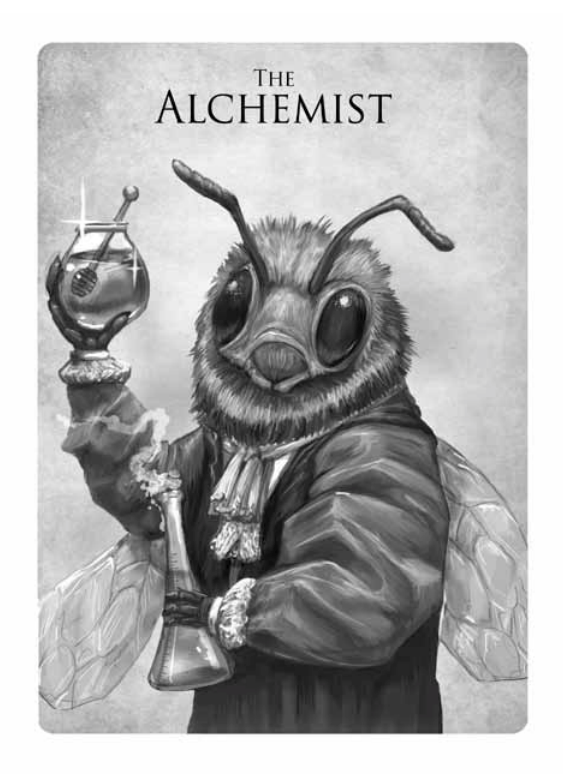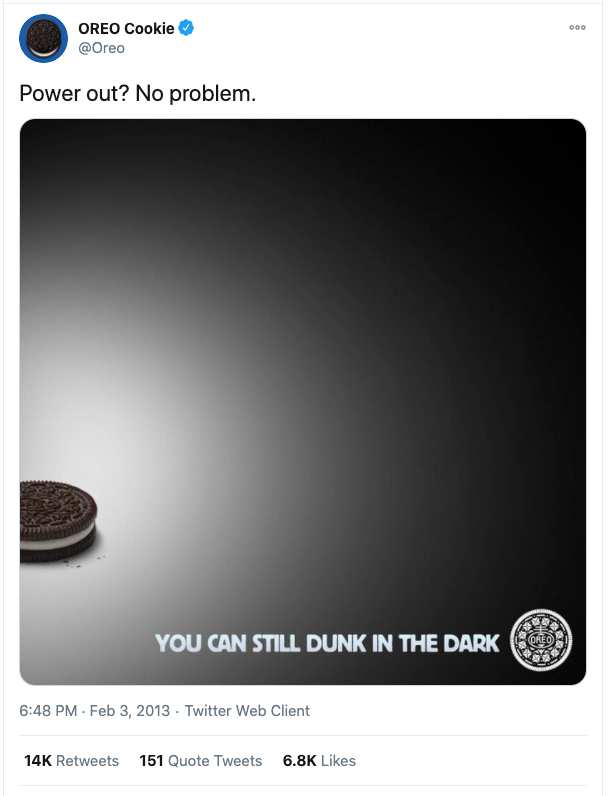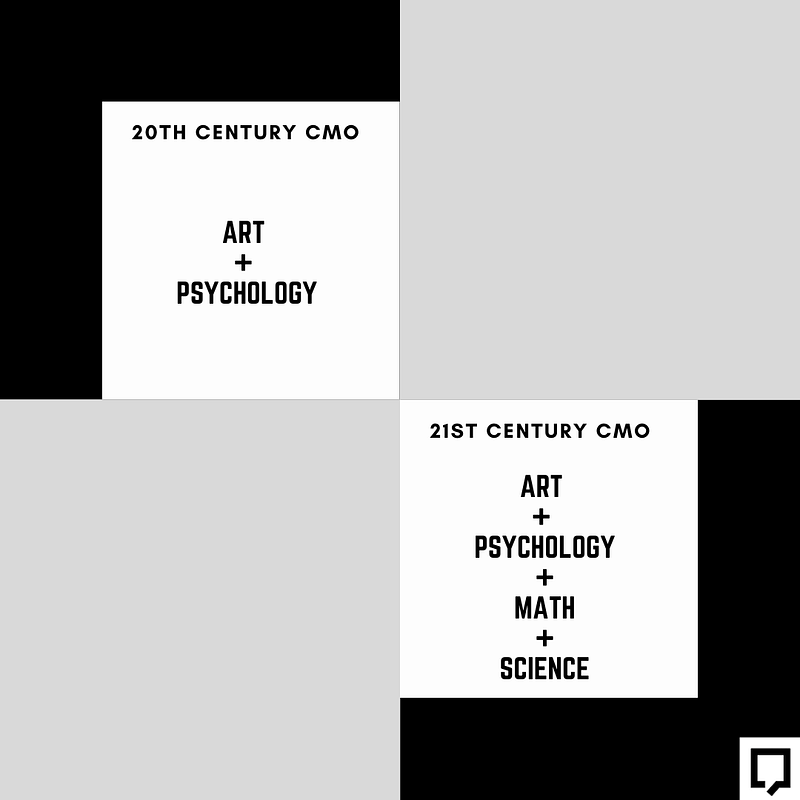CMO Alchemy
We think of you Chief Marketing Officers as modern-day business alchemists. You blend ancient wisdom with modern technology. Wearers of many hats, the CMOs of the 2020s differ a great deal from your Mad Men-era predecessors. A recent Google and Deloitte joint study on the new role of the CMO discovered just that. We might sum up one of their key findings as:

“In today’s world, a really good CMO is way right brained and way left brained. Big on crunching numbers, analytics, but also a creative genius.”
Fortune 1000 board member
Sounds easy, right?
Despite the consistent importance of “marketing,” we’ve seen the CMO disappear from C-Suites, or evolve into similar roles of a different name (like Chief Revenue Officer, Chief Growth Officer, or even Chief Meme Officer). And in 2019 — even before the pandemic — the average tenure of CMOs in the US declined to only 41 months, the lowest we’ve seen since 2009.
Though most Fortune 500 companies still have a CMO, it’s no secret there is a particular pressure for CMOs to actualize (and account for) growth. 68% of CMOs say that being the growth driver is either their primary mandate or one of the highest expectations set by senior management and the board. As Google put it, the CMO of today is a “miracle worker.”
How to work “miracles”?
It was 2013, during the 3rd quarter of Super Bowl XLVII. The lights went out. Play halted and fans turned to social media. Oreo had the best response at the time:

The ‘Dunk in the Dark’ tweet — posted just 4 minutes into the blackout — still lives in infamy, as what Fast Company calls “the paradigmatic real-time marketing move.” And, to boot, it cost approximately $4 million less than the price of airing their TV spot during the game (which played that very night!).
Yet this was no random act, no marketing miracle. It took a 15-member team at social media “mission control” to make that tweet, which was part of an entire Oreo brand refresh for months under the guidance of Bonin Bough. He replies to those who marvel at the spontaneity of it all, “Didn’t you see what we did for the last 100 days? That was building the muscle memory as an organization to be able to operate that way.”
The Oreo team was able to move quickly because of their deep understanding of their brand, their customers, and — increasingly — their cultural context. The team had worked together for months and were aligned.

Core Strength
So, this was way back 7+ years ago. Since then, the pace of marketing has accelerated exponentially to keep up with the mobile user’s daily demands. Of course, not everyone has a Super Bowl budget. In fact, Gartner’s 2020–2021 CMO Spend Survey revealed that 44% of CMOs faced midyear budget cuts and 11% expected their budgets to face significant slashes of more than 15%. Another look at the math might seem to say:
Low Resources + High Expectations = CMO Needs a Miracle
You don’t need a miracle. You just need to be meticulous about where $$$ goes. Pursue growth you have control over. With limited resources, focus on your core customer. This will become your biggest resource compounder — your greatest Return on Energy.
When everyone revolves around the core customer, decision-making becomes clearer. Your decisions are no longer mapped by “Mike’s opinion” or “Jen’s opinion.” You make decisions because of the “customer opinion.”
In a time of uncertainty and rapidly changing conditions, your core customer becomes the connective tissue, allowing your team to move together with confidence.
So often, people credit success to a phenomenon or a “big idea.” But real success is an outcome of your team being in the flow, with the customer as the singular focus, or a “north star metric.” With the complexity of forces at play in the CMO’s world, this focus should come as a relief.
Knowing your core customer goes well beyond demographics (the math). It’s about finding out what emotionally drives them. And it’s about understanding the problem they use your product or service to solve.
“I’ve found that customers want to feel a connection, an emotion — they don’t just want a brand; they want brand intimacy. Companies that establish intimacy and focus on the experience and the engagement are able to outperform those that focus only on pure financial metrics in terms of revenue and profit.”
Forbes Communications Council
While data technology is key to CMO alchemy, you can’t expect to deliver brand intimacy without knowing the customer intimately. As the Google-Deloitte study claims, “Customers matter more than ever, and you’re responsible for them.”
As Alchemists, CMOs can harness both data and human emotion. The core customer is the most important ingredient in the process.
Questions to Ponder
❓ What part/s of our marketing program needs a “miracle”? Where do we currently hope some big idea will save the day?
❓ How can we move some resources away from new customer acquisition to core customer retention and happiness? How can we begin to define the core in our tracking and reporting process?
❓ What channels are best for our core customers? What messaging? What optics?


Comments